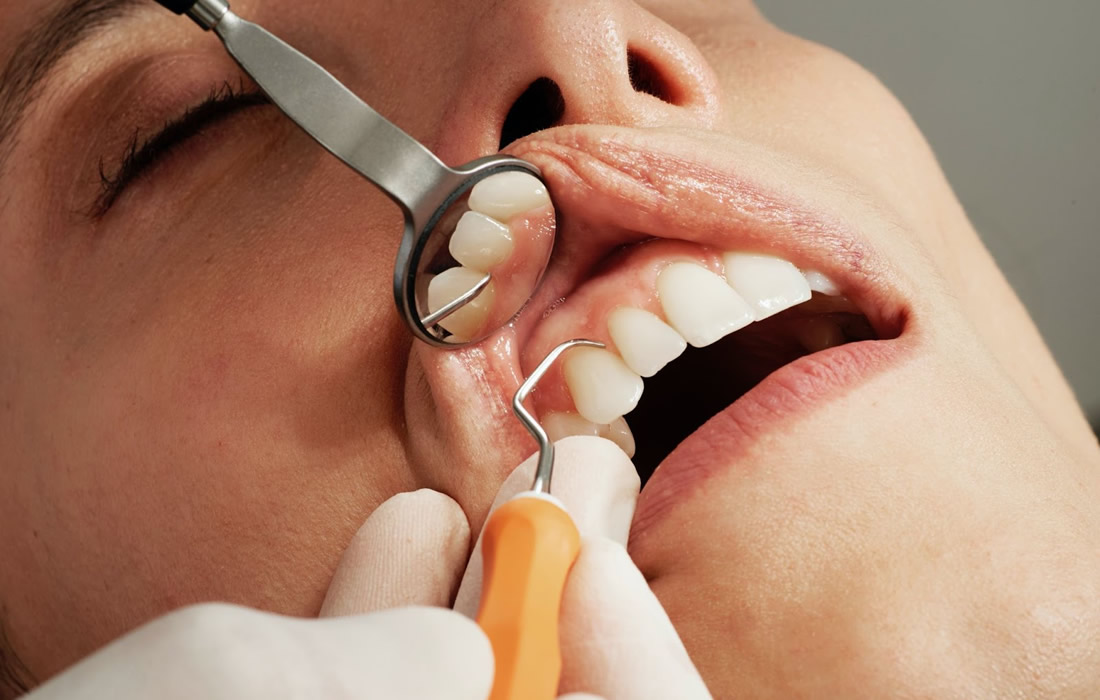Regenerative Medicine News and General Information
New Bacterial Species Involved in Tooth Decay
Researchers have discovered that a bacterial species called Selenomonas sputigena can have a major role in causing tooth decay.
Scientists have long considered another bacterial species, the plaque-forming, acid-making Streptococcus mutans, as the principal cause of tooth decay. However, in the study, S. sputigena, previously associated only with gum disease, can work as a key partner of S. mutans, greatly enhancing its cavity-making power.
“This was an unexpected finding that gives us new insights into the development of caries, highlights potential future targets for cavity prevention, and reveals novel mechanisms of bacterial biofilm formation that may be relevant in other clinical contexts,” said study co-senior author Hyun (Michel) Koo DDS, PhD.
Caries is considered the most common chronic disease in children and adults in the U.S. and worldwide. It arises when S. mutans and other acid-making bacteria are insufficiently removed by teeth-brushing and other oral care methods, and end up forming a protective biofilm, or “plaque,” on teeth. Within plaque, these bacteria consume sugars from drinks or food, converting them to acids. If the plaque is left in place for too long, these acids start to erode the enamel of affected teeth, in time creating cavities.
The UNC researchers took samples of plaque from the teeth of 300 children aged 3-5 years, half of whom had caries, and analyzed the samples using an array of advanced tests. The researchers then validated their findings on a further set of 116 plaque samples from 3 to 5-year-olds.
The data showed that although S. sputigena is only one of several caries-linked bacterial species in plaque besides S. mutans, and does not cause caries on its own, it has a striking ability to partner with S. mutans to boost the caries process.
The findings, Koo said, show a more complex microbial interaction than was thought to occur, and provide a better understanding of how childhood cavities develop.
“Disrupting these protective S. sputigena superstructures using specific enzymes or more precise and effective methods of tooth-brushing could be one approach,” Koo said.
The researchers now plan to study in more detail how this anaerobic motile bacterium ends up in the aerobic environment of the tooth surface.
Sources:
Hunyong Cho, Zhi Ren, Kimon Divaris, Jeffrey Roach, Bridget M. Lin, Chuwen Liu, M. Andrea Azcarate-Peril, Miguel A. Simancas-Pallares, Poojan Shrestha, Alena Orlenko, Jeannie Ginnis, Kari E. North, Andrea G. Ferreira Zandona, Apoena Aguiar Ribeiro, Di Wu, Hyun Koo. Selenomonas sputigena acts as a pathobiont mediating spatial structure and biofilm virulence in early childhood caries. Nature Communications, 2023; 14 (1) DOI: 10.1038/s41467-023-38346-3
University of Pennsylvania. “Dentists identify new bacterial species involved in tooth decay: Large study in children reveals Selenomonas sputigena as a key partner of Streptococcus in cavity formation..” ScienceDaily. ScienceDaily, 8 June 2023. <www.sciencedaily.com/releases/2023/06/230608120924.htm>.
Images from:
Photo by Caroline LM
https://unsplash.com/photos/8BkF0sTC6Uo

